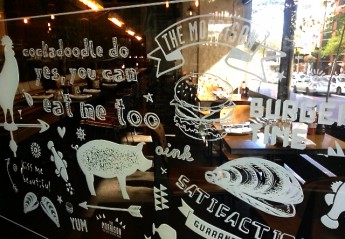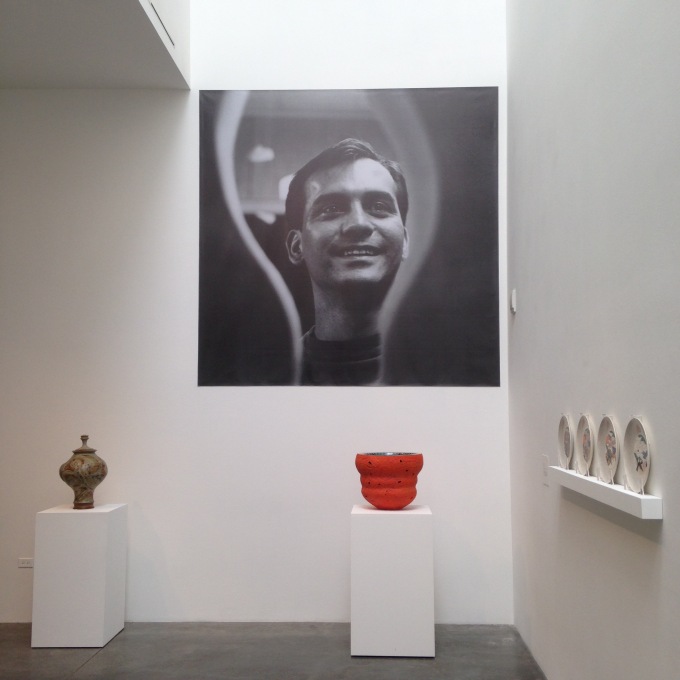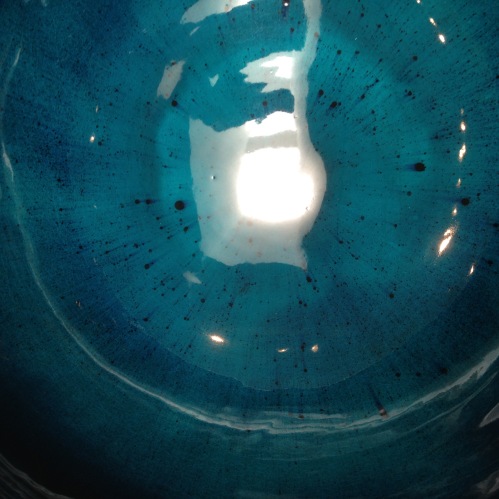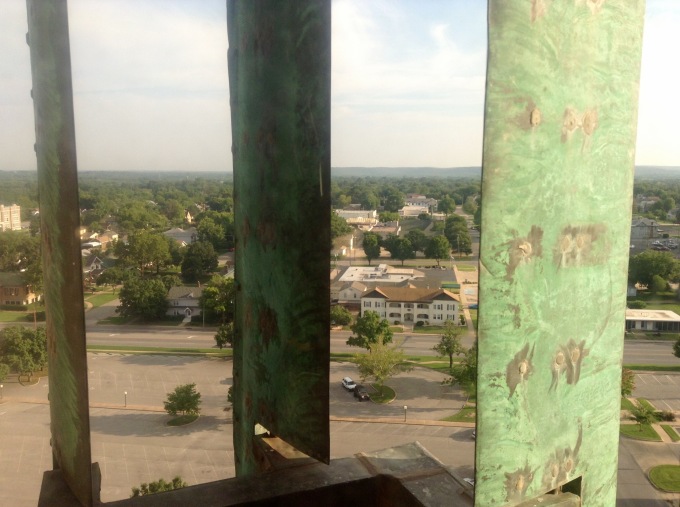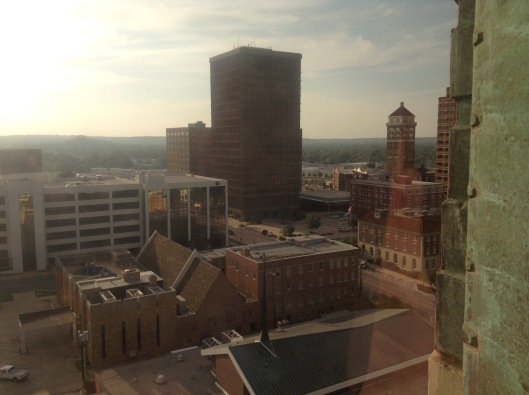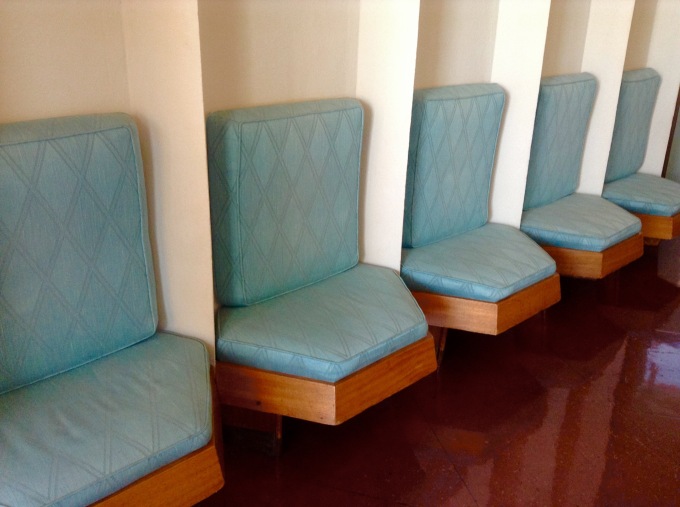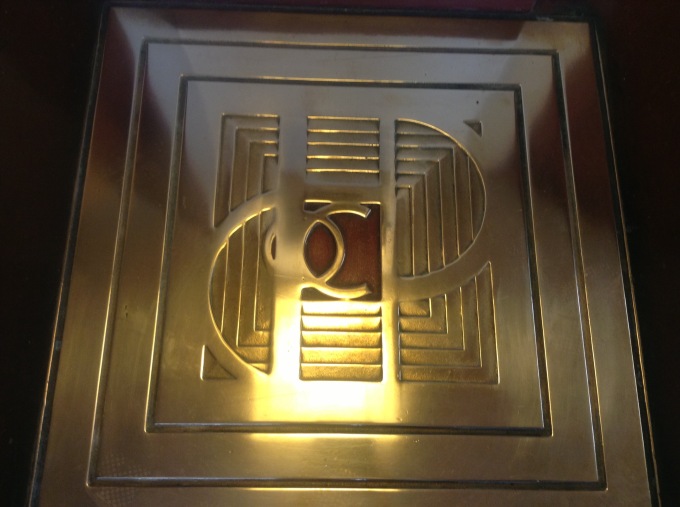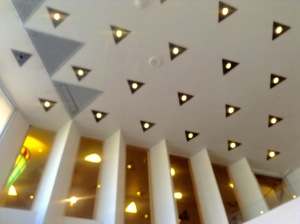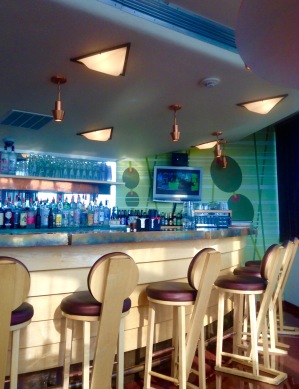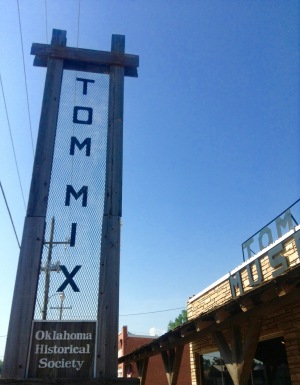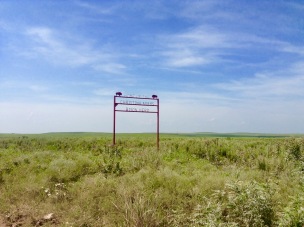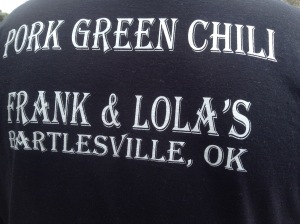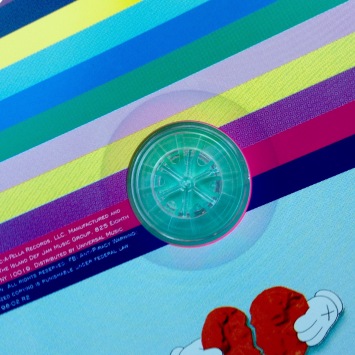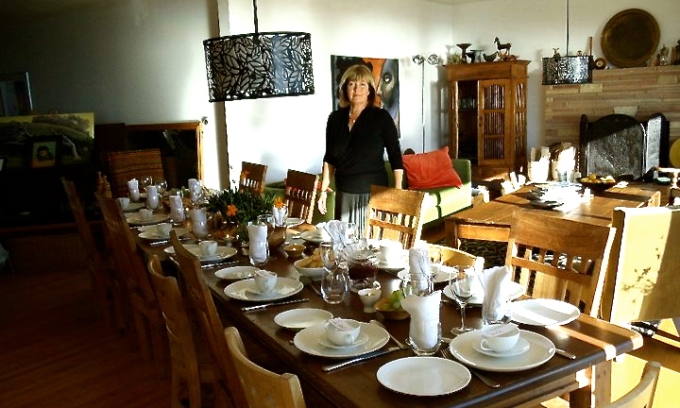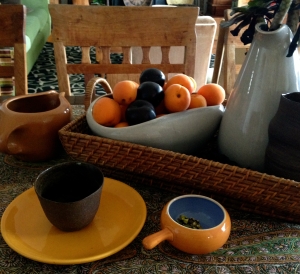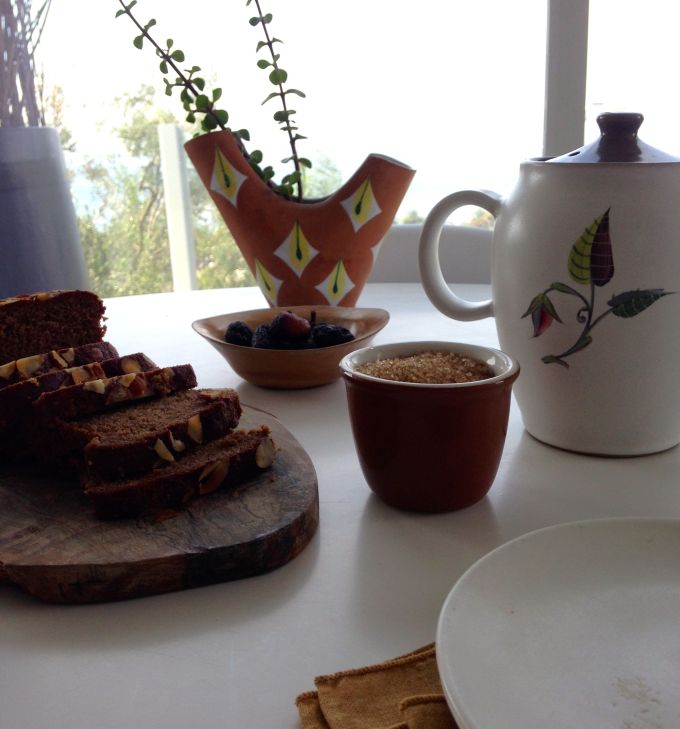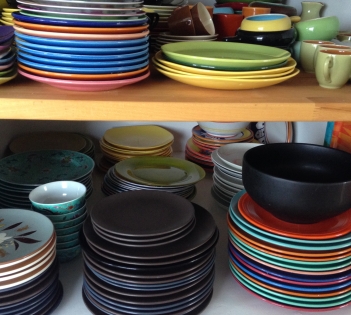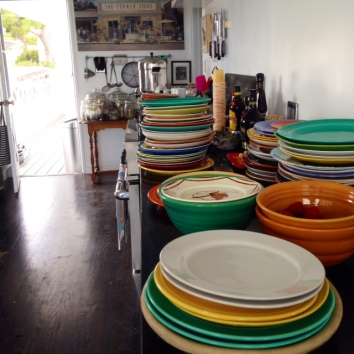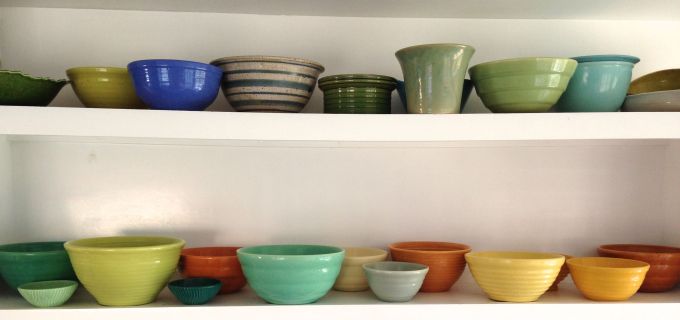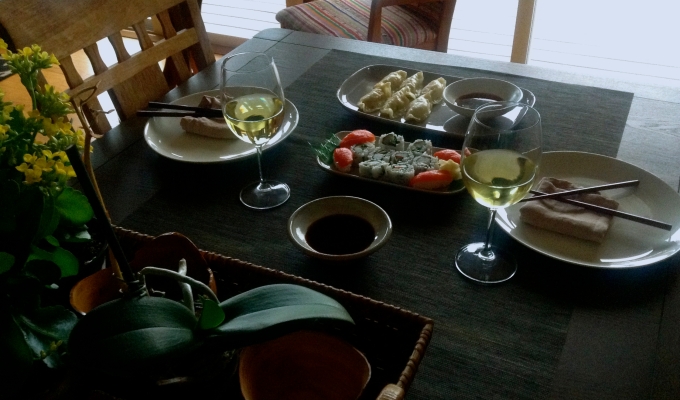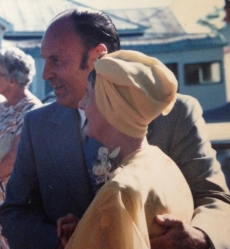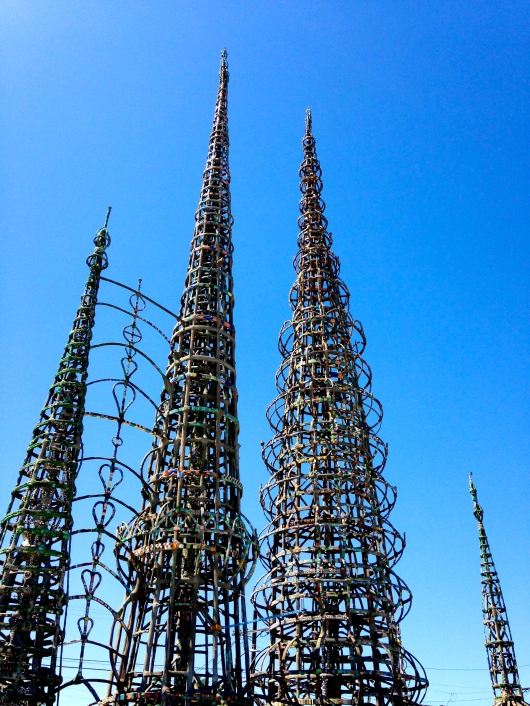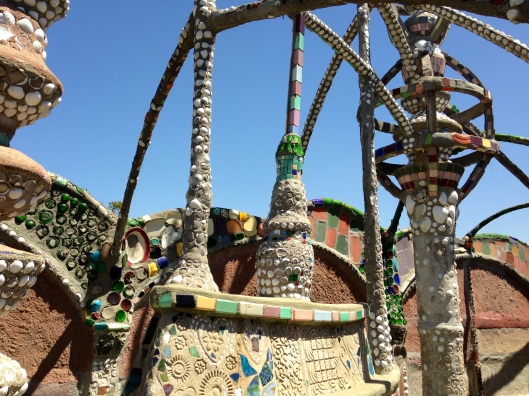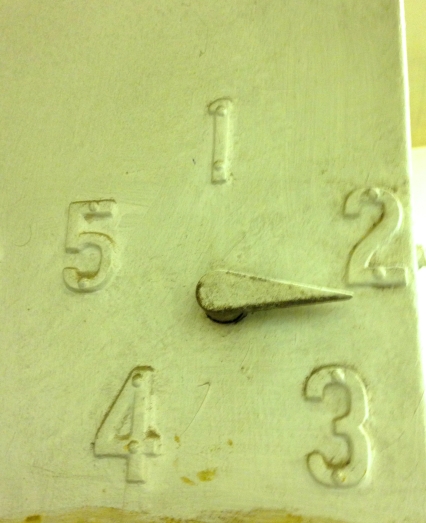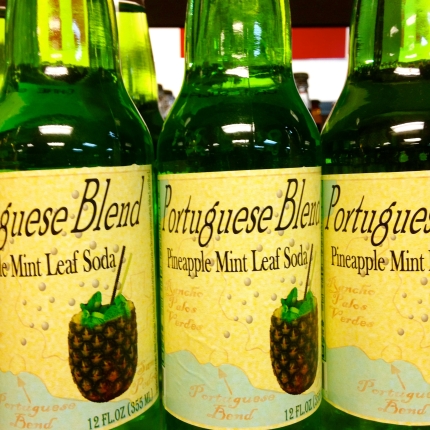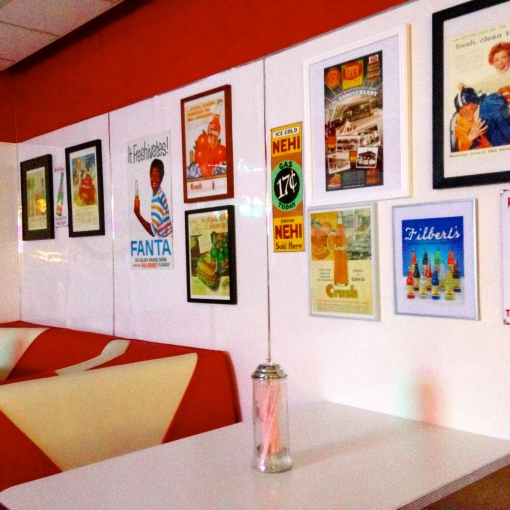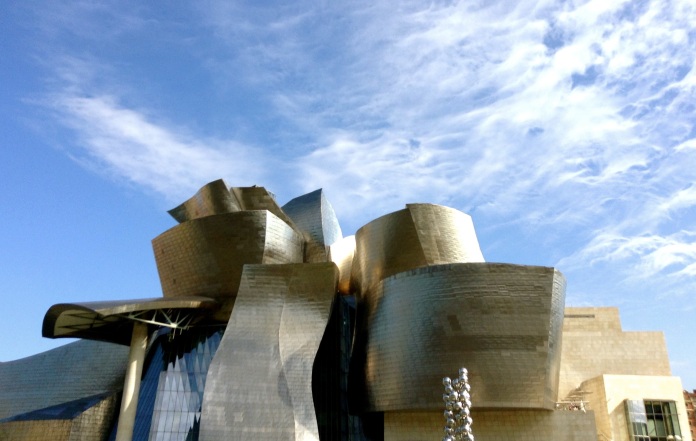This summer the art news in LA has been about a giant, private collection housed in a sparkly new downtown gallery: The Broad. In the same time frame hundreds, no probably more like thousands, of smaller shows opened across the city and region, befitting the powerhouse that is the LA environs art scene.
I found myself drawn to 2 new exhibits celebrating ceramic history in Los Angeles. A history told through the prism and influence of Master Ceramicist and Teacher, Ralph Bacerra.
Primary is Ralph Bacerra Exquisite Beauty at the Ben Maltz Gallery, on the West LA Otis campus, a retrospective of 90 pieces showcasing the career of the Garden Grove born artist and teacher.
A faculty member at the Chouinard Art Institute from 1963-71, he headed the ceramics department at Otis College of Art and Design from 1983-96, in a career that spanned 5 decades.
Enrolling at Chouinard in 1957, he studied graphic design, with a view to pursuing a career in Commercial Art. However, one elective seminar with pioneering studio potter, Vivika Heino changed everything and a new pathway emerged.
“I started to get more serious working with the wheel and the clay and the glazes. I said ‘this is for me’.This is where I want to be and I dropped everything and switched my major to Ceramics.”
With his mentors move to the Rhode Island School of Design, Bacerra became head of the Ceramics program.
A lifelong exploration of historic asian ceramics, textile and print designs and finely honed technical expertise became the beautiful vessels and sculptures that comprise the exhibit.
His work represents pursuit of beauty for beauty’s sake. Expressed in all forms, organic, geometric, traditional or sculptural and always a surface replete with pattern, color, composition and design.
Not for Bacerra the prevailing exploration of the “humble pot”, the creamy earth toned stoneware with brushstroke calligraphy in a nod to Japanese folk art:much approved of in the 50’s and 60’s! Moving forward with glaze technology and drawing upon his earlier background in commercial art, he experimented with raised clay designs on his stoneware and then shifted to porcelain and white ware, where his increasingly complex and overglazed decoration could shine.
“China Painting” as it was referred to, had become the province of Women’s Art Clubs and hobbyists, ironic given the historic gravitas and tradition of similar techniques. A growing movement celebrating color and embellishment and drawing upon these derided techniques influenced and encouraged Bacerra.
This retrospective shows the move from simple green & white or blue & white graphics to dizzyingly complicated patterns:patterns and techniques drawn from Asian ceramics, persian painting, middle eastern textiles and MC Escher’ designs. Kandinsky, Klee and Klimt all on display at the Pasadena Art Museum were particular favorites.
He perfected increasingly difficult firing schedules to accommodate the complex and multilayered combinations of glazes.Curator and Author of Ralph Bacerra Exquisite Beauty, Jo Lauria notes:
“As many as 14 firings were required for a single object and the labor intensive process was fraught with potential for breakages and flaws in the kiln.” ..a 50% loss rate apparently.
His tenure at Chouinard and Otis mentored an impressive number of students who follow in his footsteps.
The second exhibit celebrating Los Angeles’s storied clay history is Crossroads in Clay at Chouinard and Otis: The Ralph Bacerra Years, a group exhibition featuring more than thirty former students of the artist.
This exhibit, concurrent with the Ben Maltz show is at the Vincent Price Art Gallery, on the East LA College campus.
It is an historic review, connecting the skills of the teacher (Bacerra) to the ceramic art of the students he mentored and a rare opportunity to see works created by these heirs of Bacerra’s tutelage. Many are now prominent artists in the field.
He challenged students to critically evaluate and recreate historic glazes and forms as part of their education and believed strongly in technical mastery and craftsmanship.
The show includes more than fifty artworks that demonstrate differing approaches, aesthetics and practice.Some retain a direct relationship to Bacerra and others are headed in alternate and innovative directions.
A beautiful full-color catalogue, written by Jo Lauria and produced by the Ben Maltz Gallery accompanies Exquisite Beauty. And Crossroads in Clay curator, Christy Johnson has contributed an original essay discussing the lasting impact Bacerra had on his students.
Otis has also produced 2 “rolling clay” tours ( October and November) which travel to many of the ceramic artist’s studios featured in the Crossroads exhibit.
A joy to explore Bacerra’s beauty for beauty’s sake .
